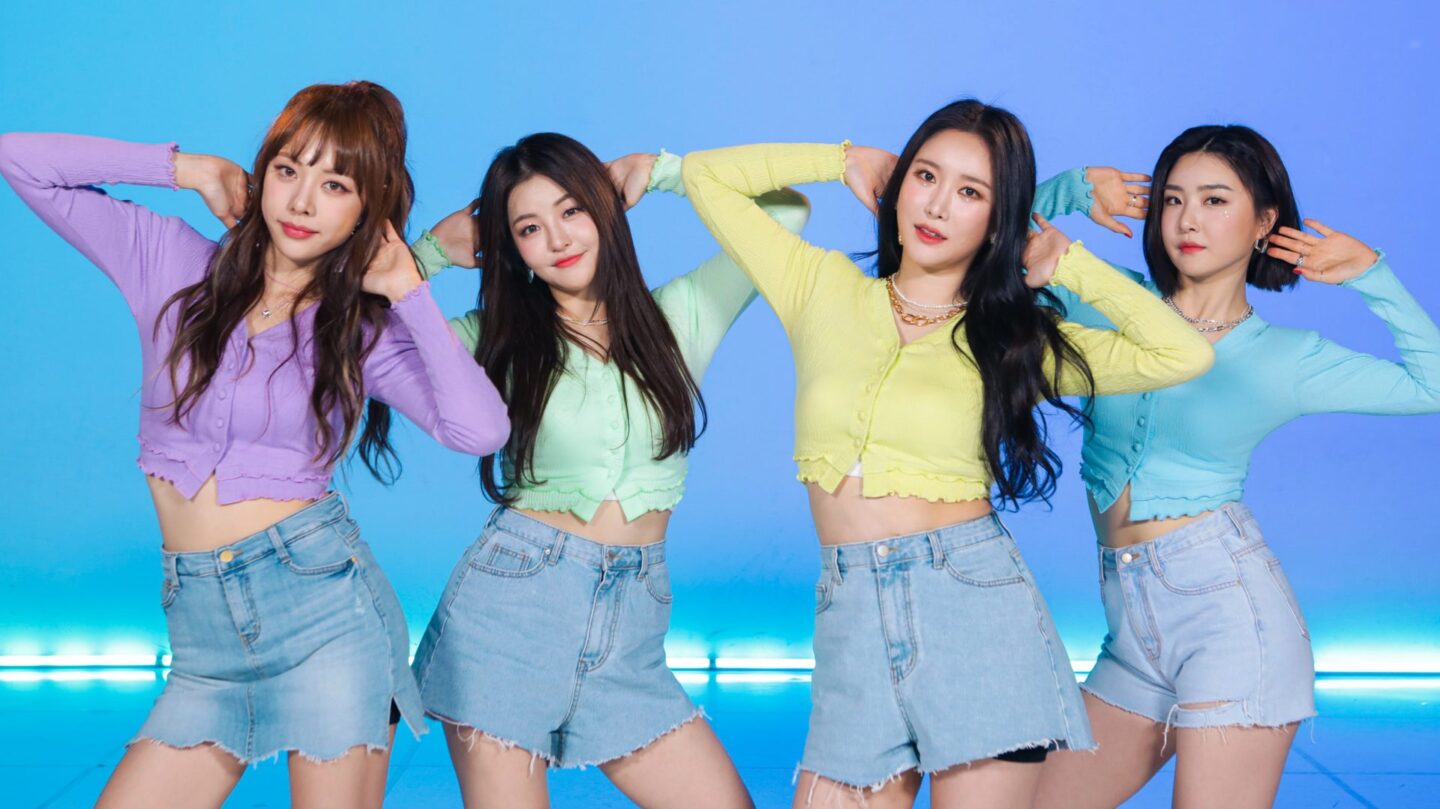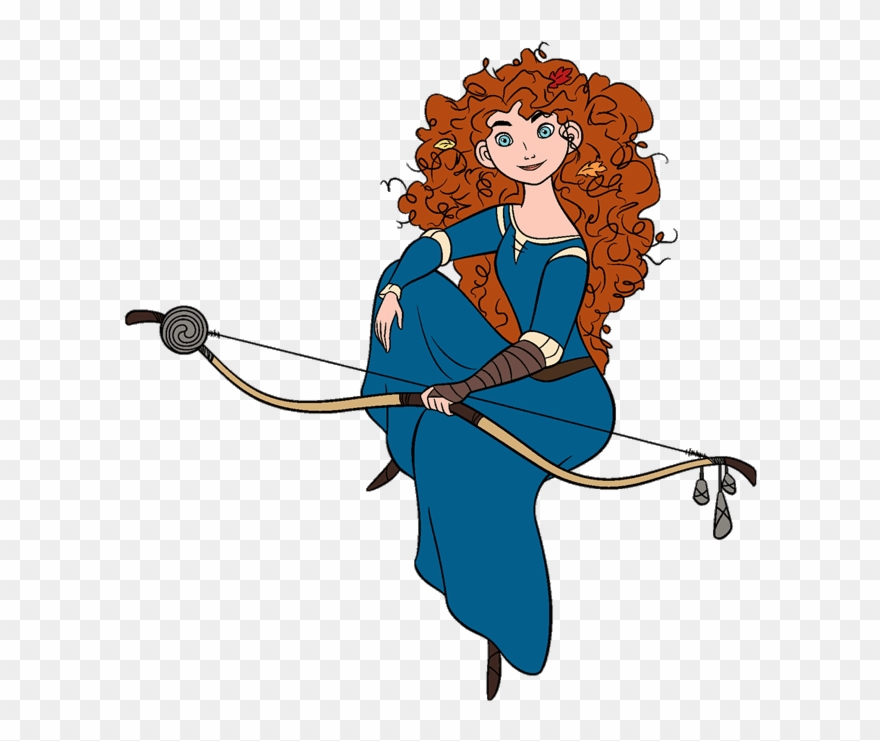

To ask why – given the relatively equal split between female and male protagonists in literature for children and teenagers – active and adventurous girls seemed too often to vanish when they grew up. This week I joined the former children's laureate Julia Donaldson, the Australian author John Marsden and the debut novelist Samantha Shannon to discuss this issue at the Edinburgh international book festival. But once we define the hero, simply, as the purposeful and dynamic protagonist who carries the story – someone who exhibits certain patterns of behaviour or characteristics – then there's no reason the hero can't be a woman. Someone waiting to be rescued rather than the person doing the rescuing.

For me, the word "heroine" always implied a supporting or secondary character, not the lead. There'll be danger and jeopardy, an unequivocal sense of right and wrong, a compelling sense of place. There are certain characteristics common to the best adventure stories, not least of all a "hero" – the protagonist who carries the story (and the readers' affections). The dedication at the beginning of King Solomon's Mines is to "all the big and little boys who read it." But what about the girls? And where were the female adventure heroes? Even then, though, I realised that girls were thin on the ground. As I got older, I turned to Ice Station Zebra and Wilbur Smith's The Seventh Scroll, as well as Tolkein's Middle Earth.

Allan Quatermain and Axel and Jack Hawkins got to do things. Lost worlds, battles between good and evil, extreme landscape, mystery, swords and spears and guns, these were epics, not domestic stories. Little Women and Wuthering Heights sat cheek by jowl on my teenage bookshelf with King Solomon's Mines, A Journey to the Centre of the Earth and Treasure Island. I inherited from my Dad a love of good old-fashioned swashbuckling adventure stories.


 0 kommentar(er)
0 kommentar(er)
